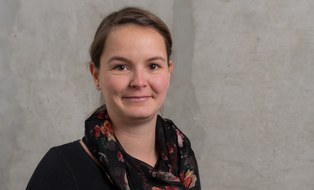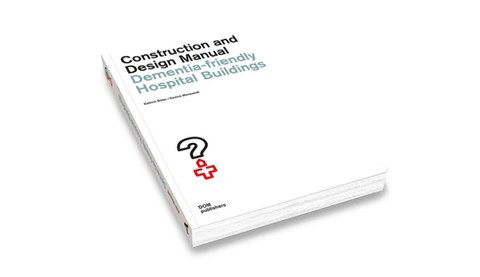Construction and Design Manual - Dementia-friendly Hospital Buildings
Dementia-friendly architecture encompasses a host of possibilities that are particularly relevant in hospital design. Implemented in an aesthetically pleasing and non-stigmatising manner, such architecture can benefit anyone during a hospital stay: it produces an environment that is easy to read, generates a sense of security, and promotes well-being and recovery.
This manual begins by summarising the current state of research on architecture for individuals with dementia in acute care hospitals. Based on their years of experience in the field, authors Kathrin Büter and Gesine Marquardt then present approaches to creating tailored solutions. They outline general design principles while considering practical examples, and cover key topics such as safety, atmosphere, and orientation systems in detail.
Every hospital building requires a concept that dovetails the spatial, social, personal, cultural, organisational, and financial frameworks. This guide is therefore a concise and straightforward introduction for all stakeholders in modern hospitals: from managers and developers to architects and designers. It provides inspiration for creative and interdisciplinary planning processes in an increasingly crucial area of the health sector.
The book was funded by the Robert Bosch Stiftung, Stuttgart, Germany. A copy of the book can be purchased from the following website Link
DOM Publishers, ISBN 978-3-86922-778-8, Euro 38,00.
 © K. Lassig
© K. Lassig
wissenschaftliche Mitarbeiterin
NameDr.-Ing. Kathrin Büter
Send encrypted email via the SecureMail portal (for TUD external users only).
Chair of Social and Health Care Buildings and Design
Visiting address:
BZW, 1. OG Raum B112 Zellescher Weg 17
01069 Dresden

